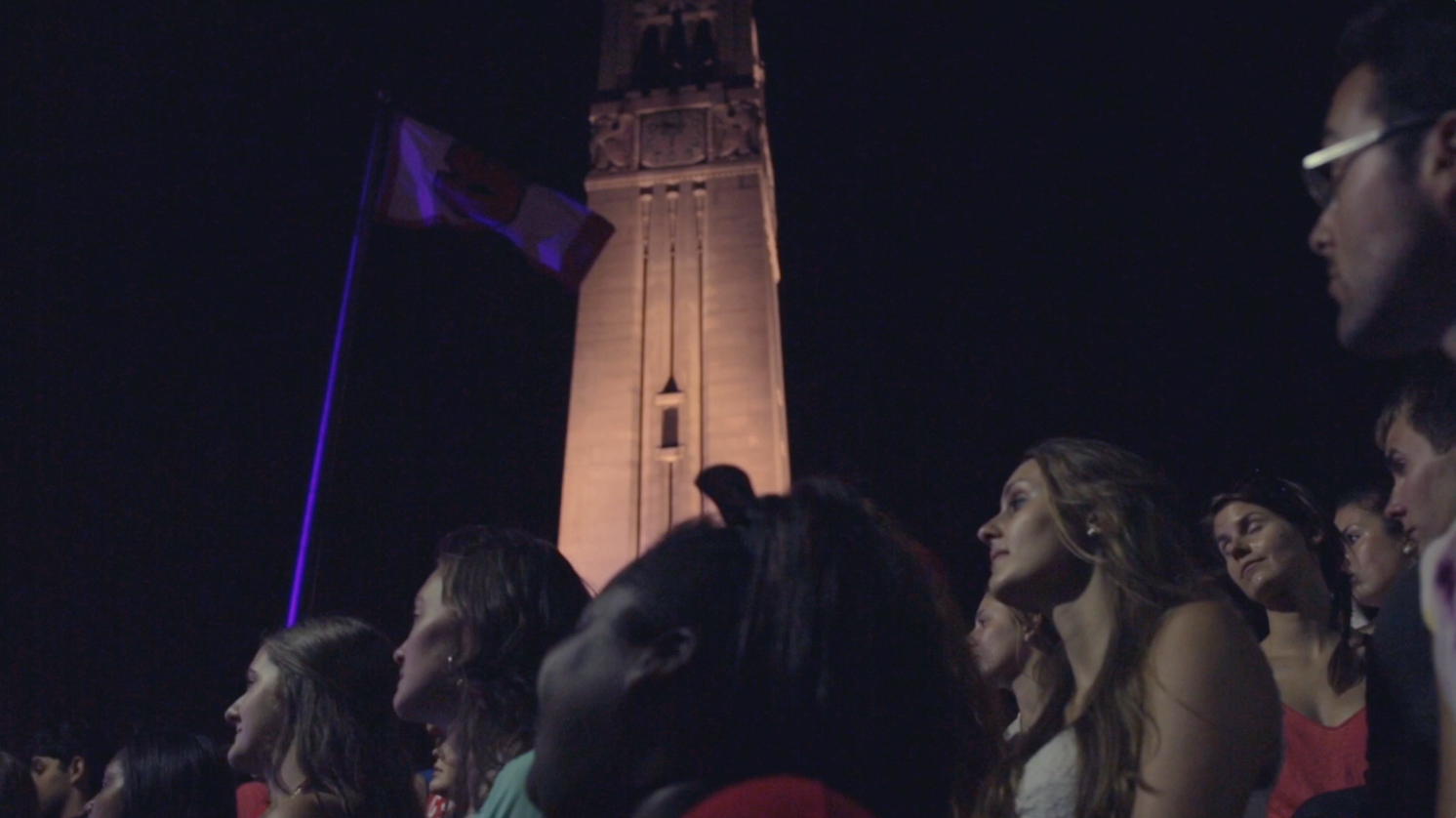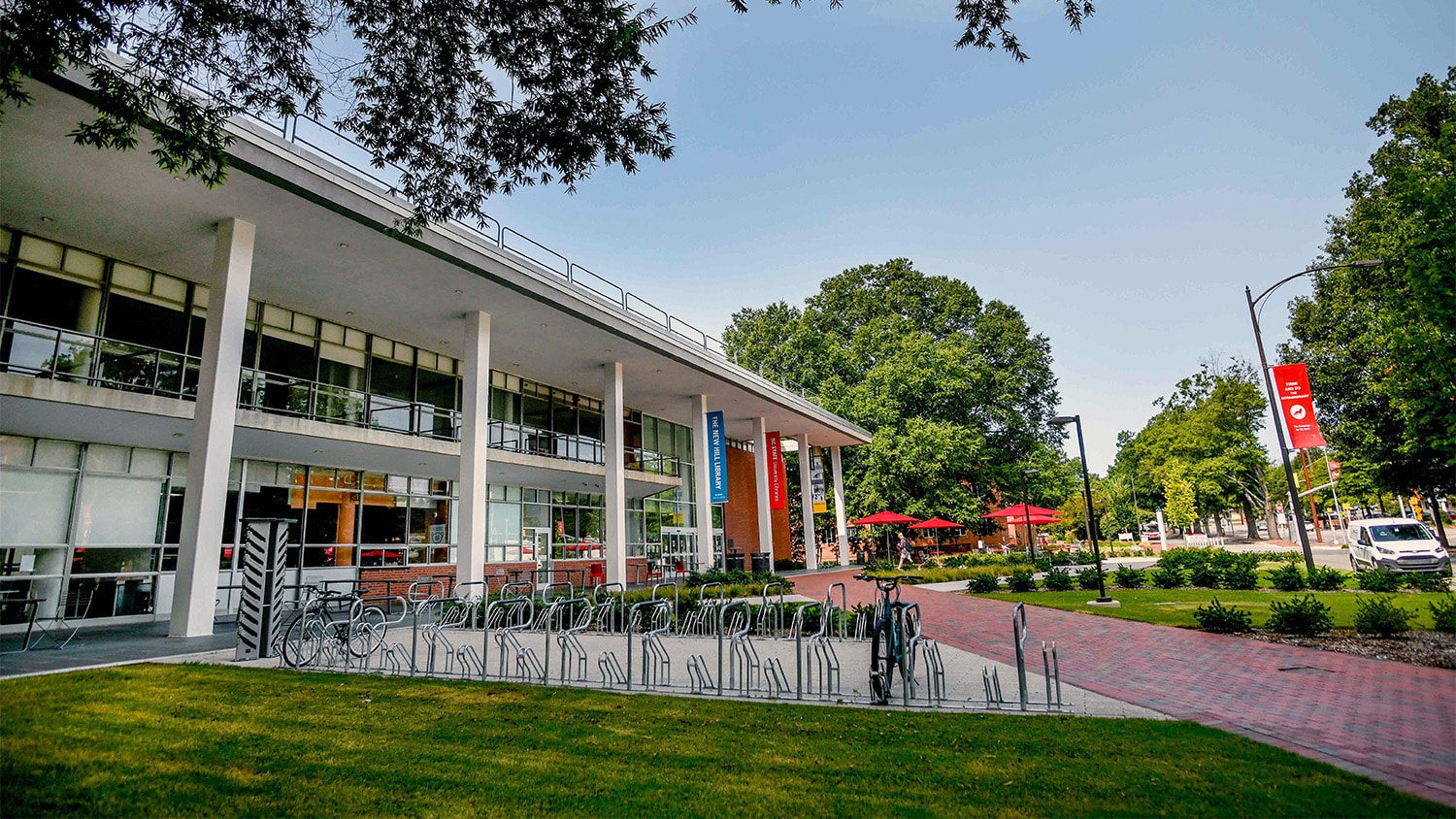NC State stands at the crossroads of enterprise and innovation. To get there, the university needed a foundation built on tradition. There are landmarks across campus that echo the traditions that forged the path to NC State’s present.
They are NC State’s hallowed places.
The university defines these places as “irreplaceable campus buildings, landscapes, and natural settings that have accrued special meaning over time.” Plaques mark them, but there’s an emotional charge in the air at each spot. The echoes of the past are heard in the present, and for a fleeting moment, clarity.
It’s at the Memorial Tower, where a goosebump-inducing nostalgia emerges when the clouds part in the sky and the flags crack in the wind.
There’s a message on the door: “And they shall beat their swords into plowshares.”
Inside, 35 names. Thirty-four to honor the NC State alumni who died in World War I, and one to honor the unknown soldiers across the land.
Outside, a symbol of inspiration for the Wolfpack community: an icon recognized as the seal of NC State.
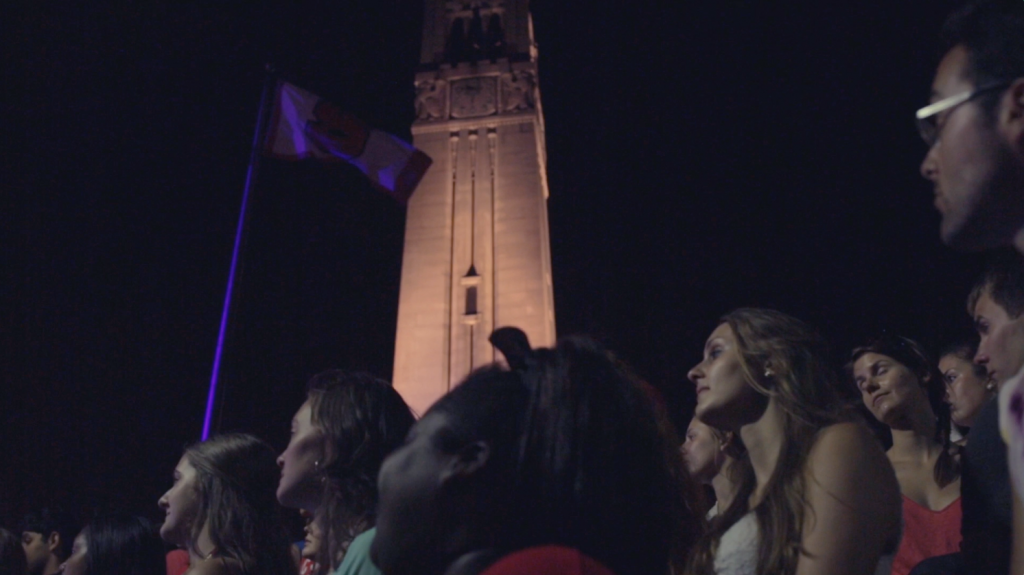
As the Belltower stands tall and watches over campus, Holladay Hall stands strong as the original home of NC State. It was the first building on campus and contained laboratories, a kitchen, dining hall and gymnasium. A total of 72 students lived on the second and third floors and worked around the building to help pay for tuition. Portraits of past chancellors now line the walls and remind us of how the university got to where it is today.
Beyond Holladay Hall lies a quiet escape from the bustle of campus – the Mary Yarbrough Court. Named after the first woman to complete a graduate program at NC State, the courtyard is in the heart of one of the oldest blocks on campus. Besides acting as a cool, shady place to relax on a hot afternoon, it also includes a fountain donated by the 2001 senior class that truly makes it a point of reflection for students.
The largest greenspace on main campus, the Court of North Carolina, is another hallowed place. A crossroads between the humanities buildings, the court is usually full of students reading on the hill or soaking up the sun between classes. When the sun sets behind the 1911 Building, it feels like home.

From a space of green to a yard of brick, NC State’s heartbeat can be felt in University Plaza, better known as the Brickyard. This hallowed place has been the most active throughway on campus since it opened in 1969.
Thousands of students traverse it on the way to “what’s next,” and hundreds of organizations use it as a hub for campus service and community building. At any given time of year, you’ll find students giving blood, living in shacks to support Habitat for Humanity, or buying fresh, local food from the Campus Farmers Market.
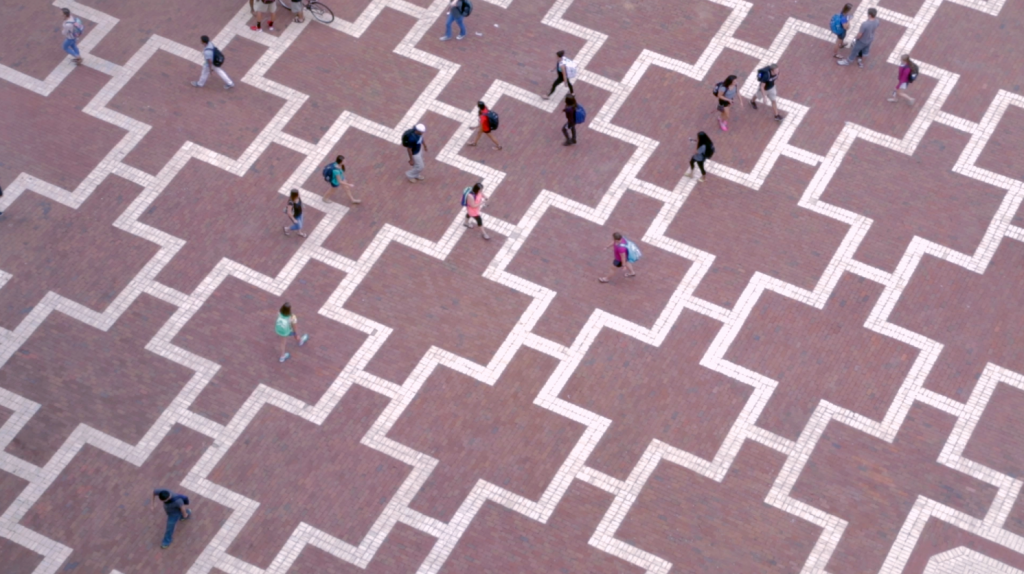
The most heavily trafficked of three tunnels on main campus, the Free Expression Tunnel is a kaleidoscope of colors and messages that reinforces the unity, diversity and creativity of the Wolfpack. This hallowed place was designated a graffiti-friendly zone in the late 1960s and now acts as home to annual events such as the Ram Roast and everyday advertising, activism and art.

Beyond the Free Expression Tunnel stands Reynolds Coliseum, the birthplace of Wolfpack athletic traditions. Inside lies a court surrounded by a sea of red seats and banners. The electricity of NC State legends past and present can be felt. Memories of “Skywalker” and Yow and “Don’t ever give up” are complimented by the future home of the NC State Athletic Hall of Fame.
NC State’s hallowed places extend past main campus to the College of Veterinary Medicine pastures. Home to packs of all kinds of animals, the rolling hills of the vet school pastures provide a natural soundtrack and setting that gives students the chance to research behavior and medicine in a realistic setting.
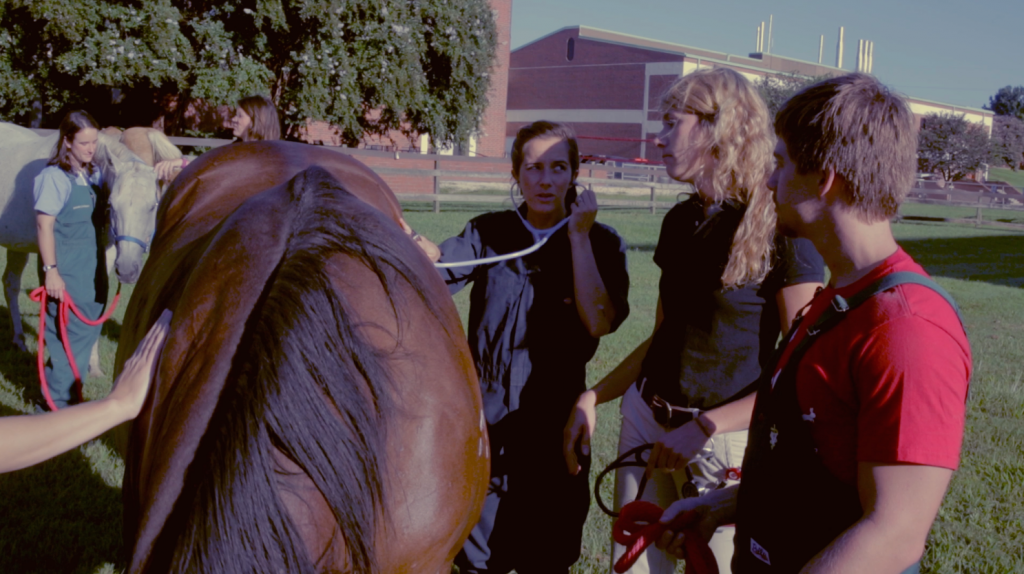
Moving to Centennial Campus, the Lake Raleigh Woods are a reflection of North Carolina’s natural beauty. The 96-acre forest is an educational and recreational asset, hosting birdwatchers, hikers and researchers alike.
NC State’s hallowed places are a reminder that the past has forged the path for the future of research and learning. A new day is coming, and the possibilities of tomorrow are endless.
- Categories:
